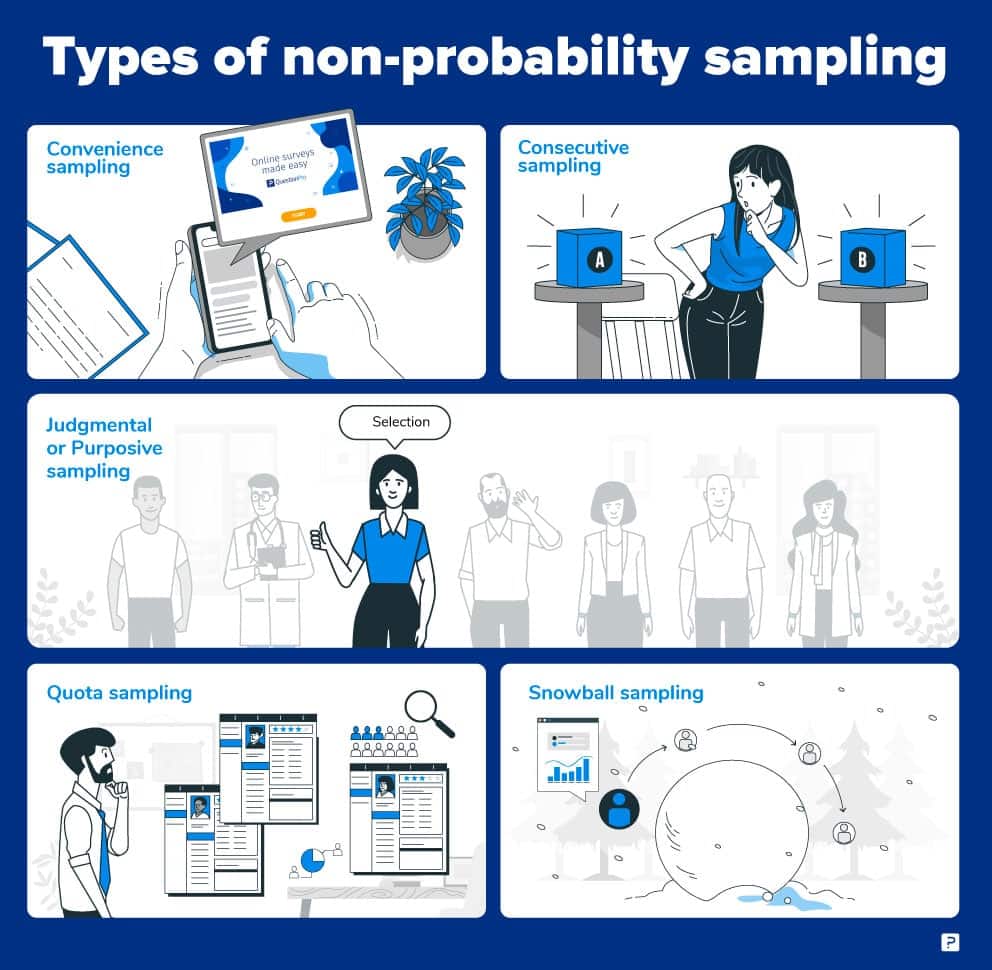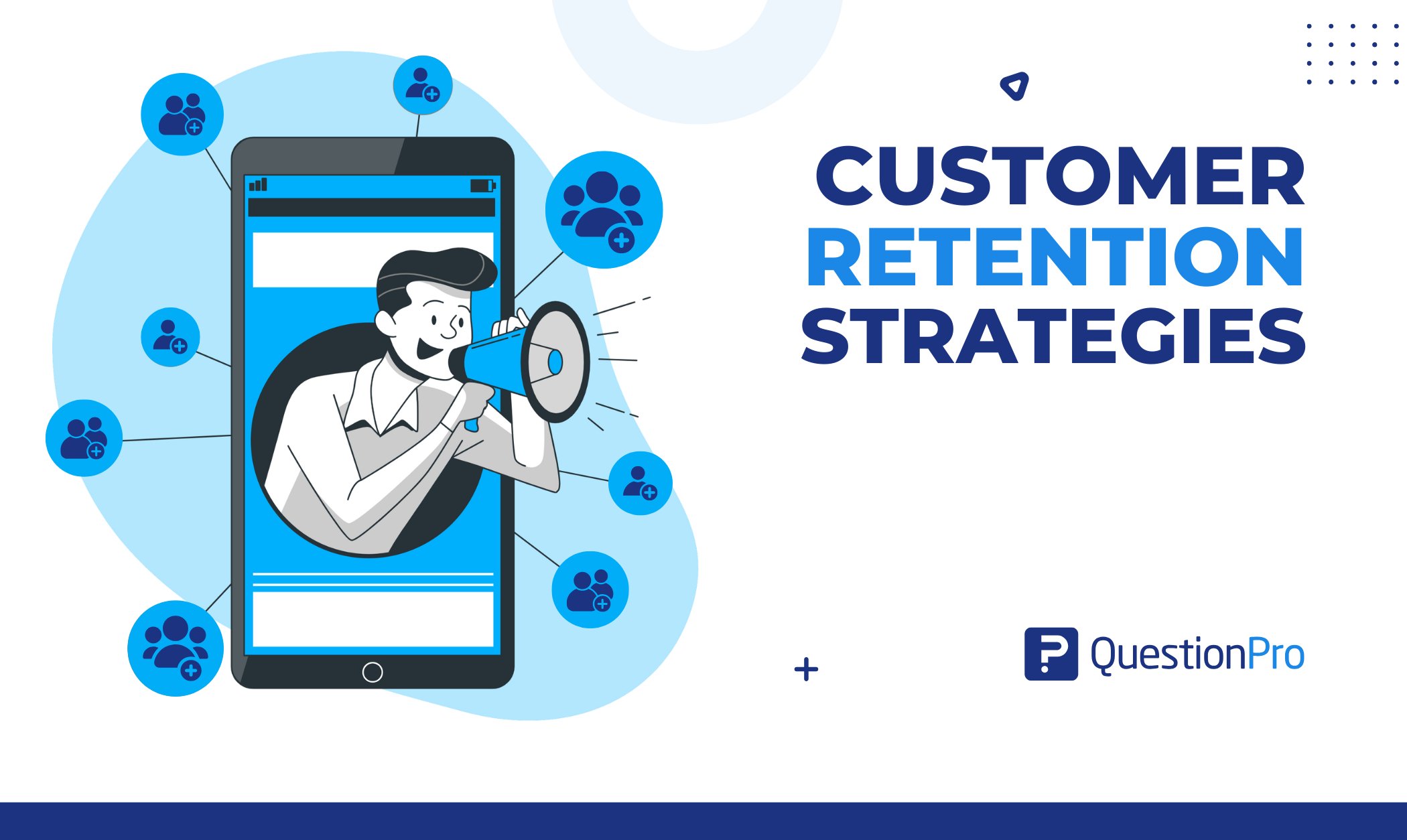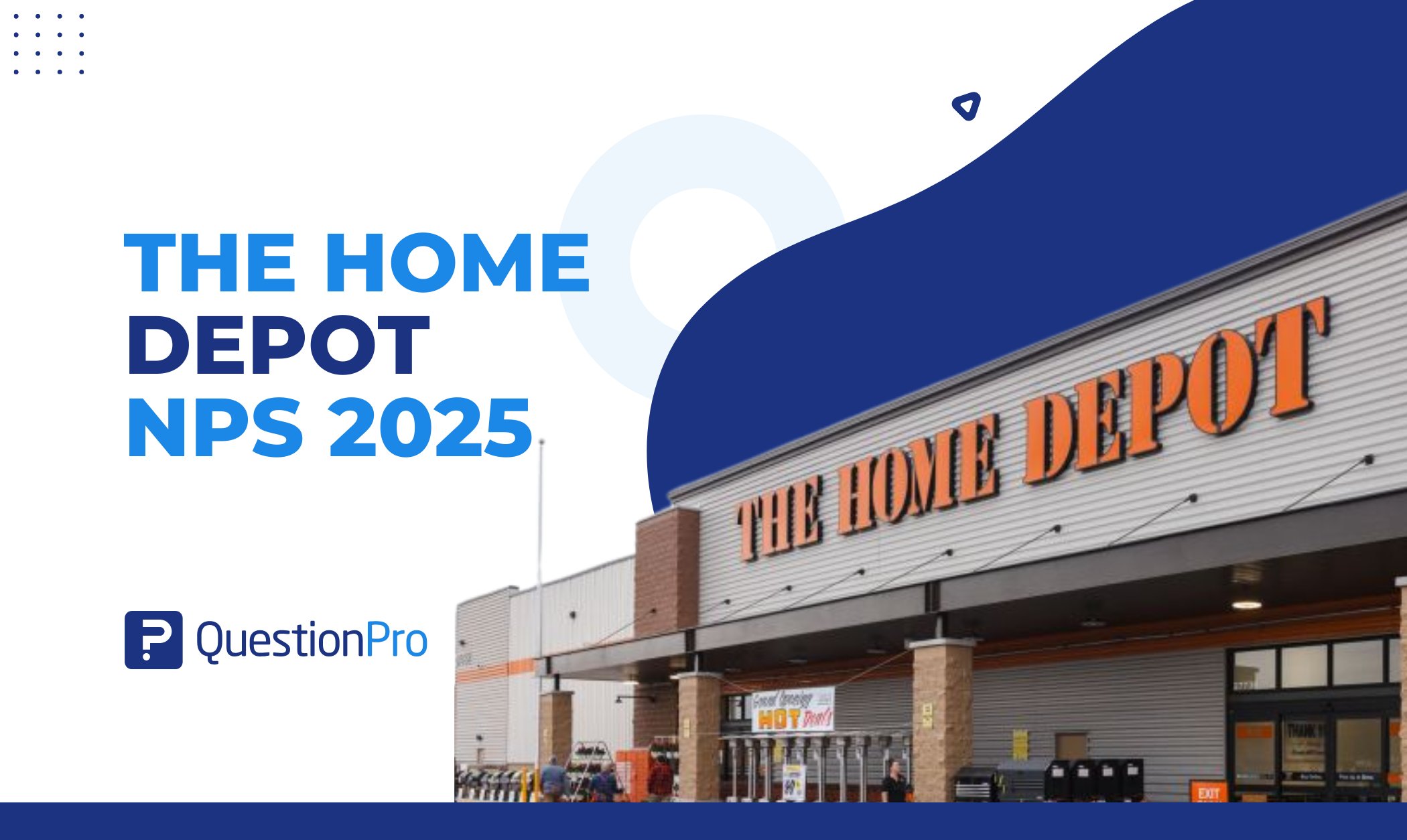
When we are going to do an investigation, and we need to collect data, we have to know the type of techniques we are going to use to be prepared. For this reason, there are two types of sampling: the random or probabilistic sample and the non-probabilistic one. In this case, we will talk in-depth about non-probability sampling. Keep reading!
What is non-probability sampling?
Definition: Non-probability sampling is defined as a sampling technique in which the researcher selects samples based on the subjective judgment of the researcher rather than random selection. It is a less stringent method. This sampling method depends heavily on the expertise of the researchers. It is carried out by observation, and researchers use it widely for qualitative research.
Non-probability sampling is a method in which not all population members have an equal chance of participating in the study, unlike probability sampling. Each member of the population has a known chance of being selected. Non-probability sampling is most useful for exploratory studies like a pilot survey (deploying a survey to a smaller sample compared to pre-determined sample size). Researchers use this method in studies where it is impossible to draw random probability sampling due to time or cost considerations.
LEARN ABOUT: Survey Sampling
Types of non-probability sampling
Here are the types of non-probability sampling methods:

Convenience sampling
Convenience sampling is a non-probability sampling technique where samples are selected from the population only because they are conveniently available to the researcher. Researchers choose these samples just because they are easy to recruit, and the researcher did not consider selecting a sample that represents the entire population.
Ideally, in research, it is good to test a sample that represents the population. But, in some research, the population is too large to examine and consider the entire population. It is one of the reasons why researchers rely on convenience sampling, which is the most common non-probability sampling method, because of its speed, cost-effectiveness, and ease of availability of the sample.
Consecutive sampling
This non-probability sampling method is very similar to convenience sampling, with a slight variation. Here, the researcher picks a single person or a group of a sample, conducts research over a period, analyzes the results, and then moves on to another subject or group if needed. Consecutive sampling technique gives the researcher a chance to work with many topics and fine-tune his/her research by collecting results that have vital insights.
Quota sampling
Hypothetically consider, a researcher wants to study the career goals of male and female employees in an organization. There are 500 employees in the organization, also known as the population. To understand better about a population, the researcher will need only a sample, not the entire population. Further, the researcher is interested in particular strata within the population. Here is where quota sampling helps in dividing the population into strata or groups.
Judgmental or Purposive sampling
In the judgmental sampling method, researchers select the samples based purely on the researcher’s knowledge and credibility. In other words, researchers choose only those people who they deem fit to participate in the research study. Judgmental or purposive sampling is not a scientific method of sampling, and the downside to this sampling technique is that the preconceived notions of a researcher can influence the results. Thus, this research technique involves a high amount of ambiguity.
Snowball sampling
Snowball sampling helps researchers find a sample when they are difficult to locate. Researchers use this technique when the sample size is small and not easily available. This sampling system works like the referral program. Once the researchers find suitable subjects, he asks them for assistance to seek similar subjects to form a considerably good size sample.
LEARN MORE: Simple Random Sampling
Non-probability sampling examples
Here are three simple examples of non-probability sampling to understand the subject better.
- An example of convenience sampling would be using student volunteers known to the researcher. Researchers can send the survey to students belonging to a particular school, college, or university, and act as a sample.
- In an organization, for studying the career goals of 500 employees, technically, the sample selected should have proportionate numbers of males and females. Which means there should be 250 males and 250 females. Since this is unlikely, the researcher selects the groups or strata using quota sampling.
- Researchers also use this type of sampling to conduct research involving a particular illness in patients or a rare disease. Researchers can seek help from subjects to refer to other subjects suffering from the same ailment to form a subjective sample to carry out the study.
When to use non-probability sampling?
- Use this type of sampling to indicate if a particular trait or characteristic exists in a population.
- Researchers widely use the non-probability sampling method when they aim at conducting qualitative research, pilot studies, or exploratory research.
- Researchers use it when they have limited time to conduct research or have budget constraints.
- When the researcher needs to observe whether a particular issue needs in-depth analysis, he applies this method.
- Use it when you do not intend to generate results that will generalize the entire population.
LEARN MORE: Population vs Sample
Advantages of non-probability sampling
Here are the advantages of using the non-probability technique
- Non-probability sampling techniques are a more conducive and practical method for researchers deploying surveys in the real world. Although statisticians prefer probability sampling because it yields data in the form of numbers, however, if done correctly, it can produce similar if not the same quality of results and avoid sampling errors.
- Getting responses using non-probability sampling is faster and more cost-effective than probability sampling because the sample is known to the researcher. The respondents respond quickly as compared to people randomly selected as they have a high motivation level to participate.
Difference between non-probability sampling and probability sampling:
|
Non-probability sampling |
Probability sampling |
|---|---|
| Sample selection based on the subjective judgment of the researcher. | The sample is selected at random. |
| Not everyone has an equal chance to participate. | Everyone in the population has an equal chance of getting selected. |
| The researcher does not consider sampling bias. | Used when sampling bias has to be reduced. |
| Useful when the population has similar traits. | Useful when the population is diverse. |
| The sample does not accurately represent the population. | Used to create an accurate sample. |
| Finding respondents is easy. | Finding the right respondents is not easy. |
LEARN ABOUT: Sampling Frame
Sampling with QuestionPro Audience
Why restrict yourself to a limited population when you can access 22 million+ survey respondents around the globe? Every day, QuestionPro Audience enables researchers to collect actionable insights from pre-screened and mobile-ready respondents. Don’t let your survey receive research-biased answers. Good survey results are derived when the sample represents the population.
Now you know non-probability sampling is a great tool to extract information from a specific population. If you are a student or belong to a branch in which academic activities are developed, QuestionPro Audience is for you.







